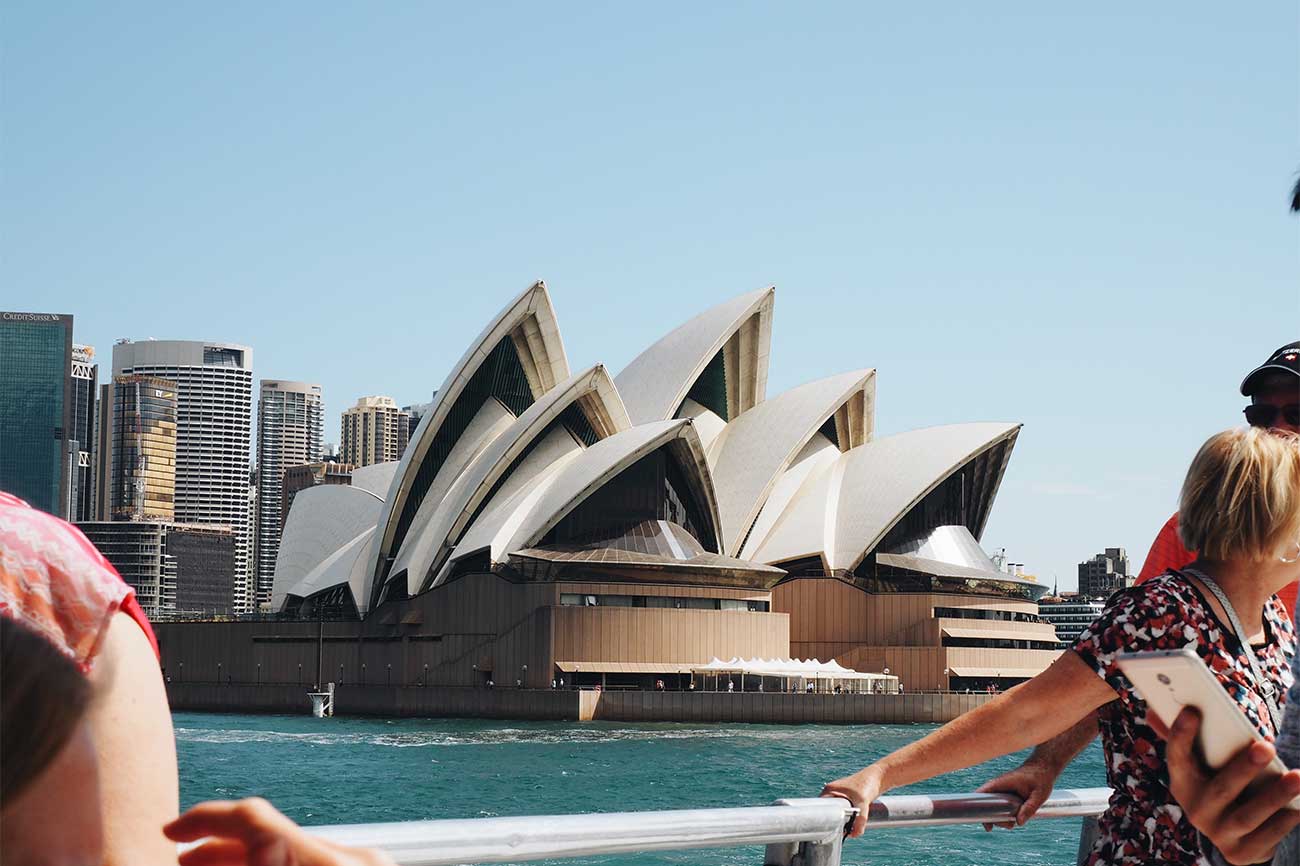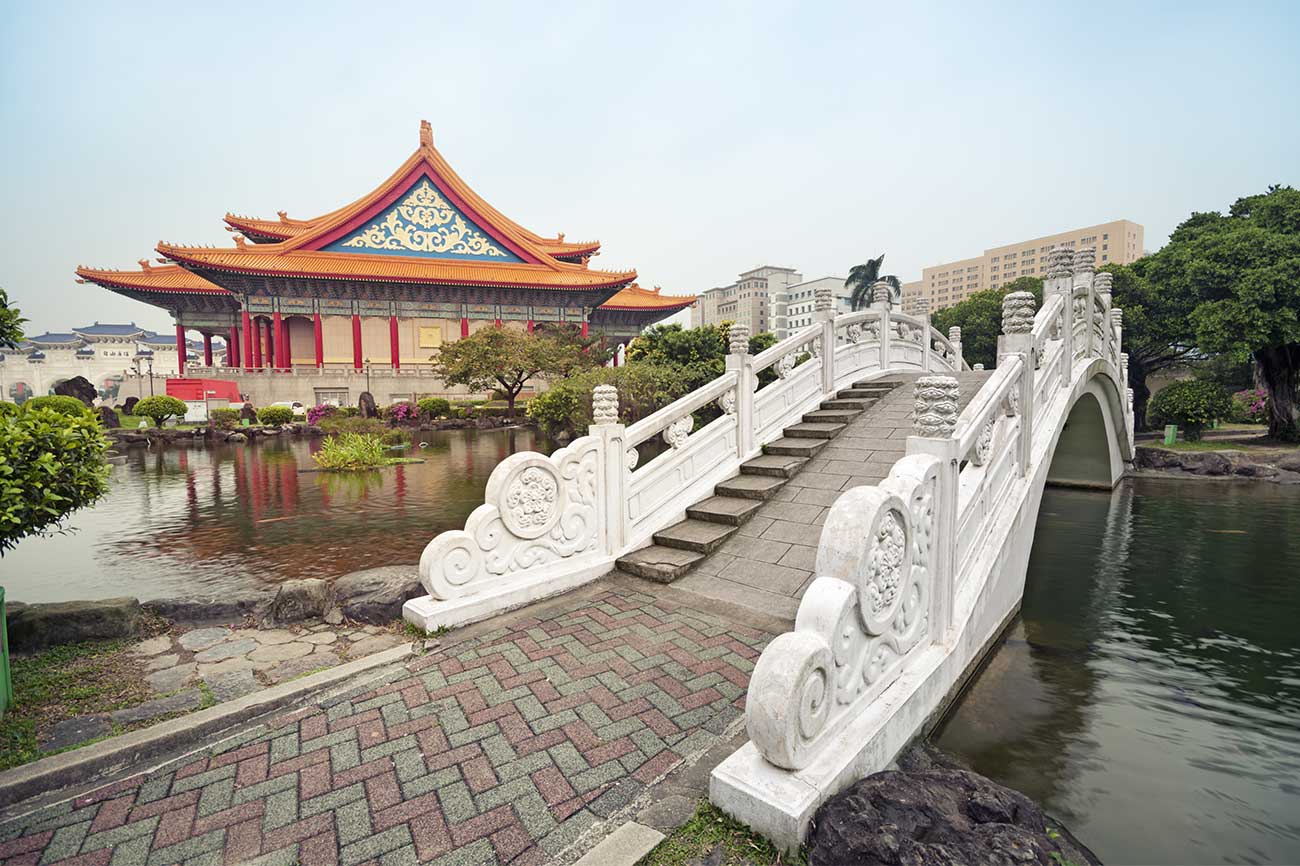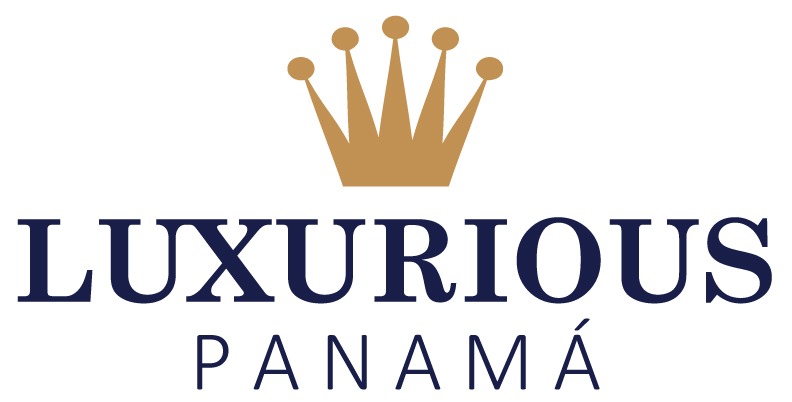Panama Canal
The Panama Canal is an 82-kilometer artificial waterway that connects the Atlantic Ocean with the Pacific Ocean, traversing the Isthmus of Panama. Inaugurated in 1914, it revolutionized global maritime trade by significantly shortening shipping routes between the two oceans, avoiding the need to navigate around Cape Horn at the southern tip of South America.
Its operation relies on a system of locks that elevate ships from sea level to Gatun Lake, an artificial lake located 26 meters above sea level, and then lower them back to sea level on the opposite side. The canal is one of the most important engineering feats of the 20th century and remains crucial for international trade, facilitating the transit of goods and reducing costs and travel times.
After years of negotiations, Panama took full control of the canal on December 31, 1999. In 2016, an expansion of the canal was inaugurated to allow the passage of larger vessels, known as Neopanamax, doubling its capacity and further solidifying its importance in the global economy.


Good To Know
History
The idea of a waterway across Panama dates back to the 16th century, but serious attempts began in the late 19th century with the French. However, their efforts were plagued by disease and financial issues. The United States took over the project in the early 20th century, driven by strategic and economic interests. After securing the necessary land and overcoming significant engineering and health challenges (particularly controlling malaria and yellow fever), the Panama Canal officially opened in 1914. It quickly became a vital artery for global trade, dramatically reducing travel times between the Atlantic and Pacific Oceans. The US controlled the canal and the surrounding zone until 1999, when full control was transferred to Panama. In 2016, a major expansion project was completed, allowing larger “Neopanamax” ships to transit the waterway, further cementing its importance in international commerce.







